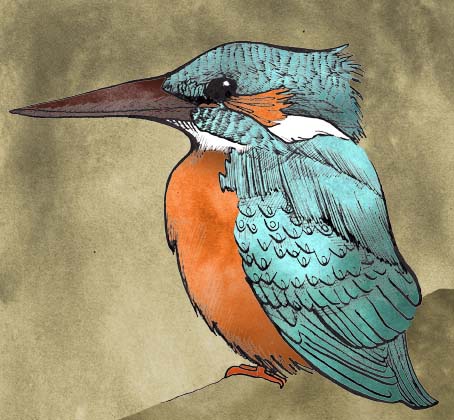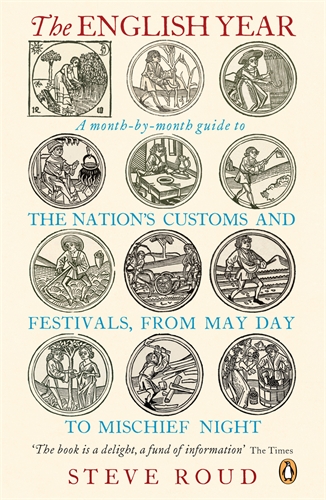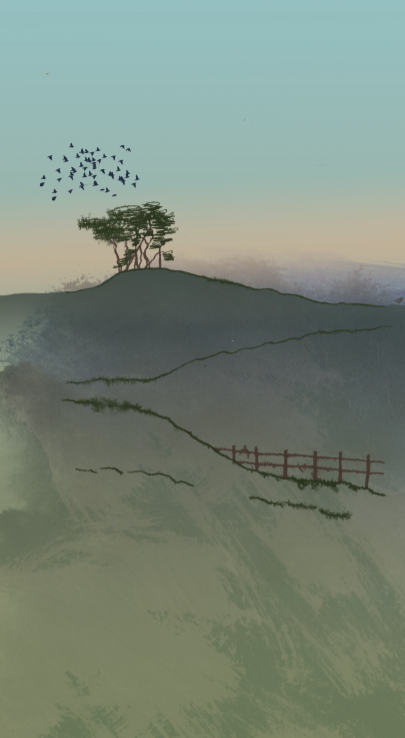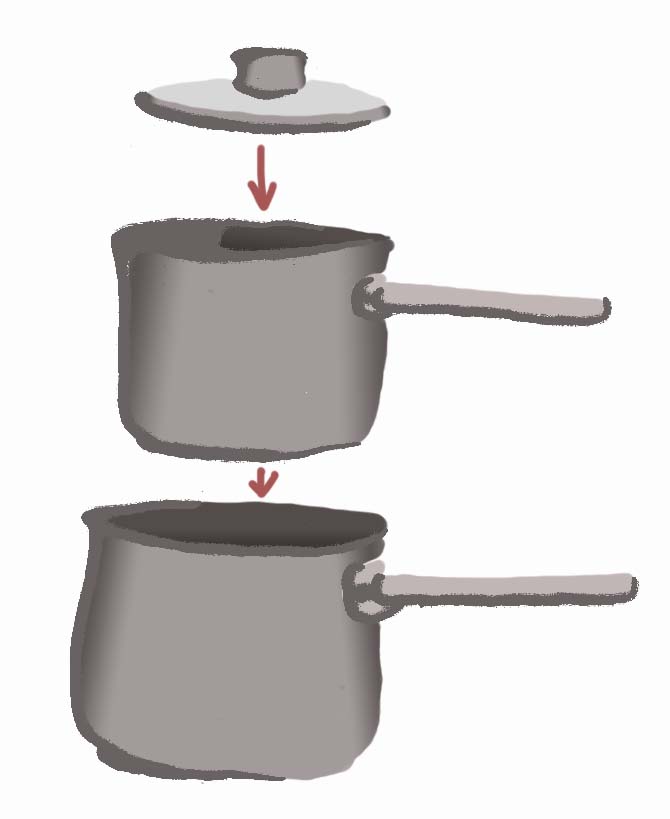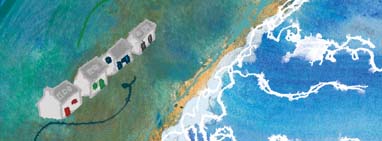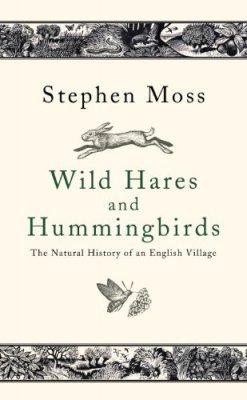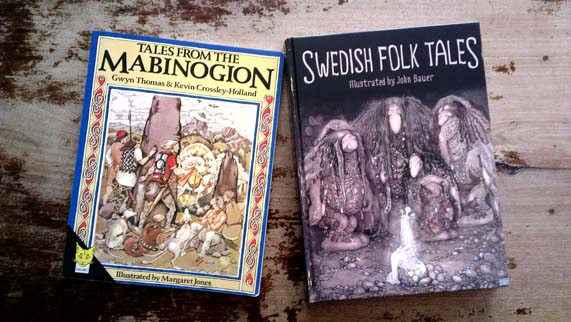 Do you know that Mister Maker (of CBeebies art show fame) is a con artist? Now I know it’s not nice to make accusations but it’s true. In nearly every show Mister Maker paints some sort of plastic item (e.g. a bottle) for his art project. Anyone who has tried this knows you cannot paint plastic with water-based kid-friendly paints.
Do you know that Mister Maker (of CBeebies art show fame) is a con artist? Now I know it’s not nice to make accusations but it’s true. In nearly every show Mister Maker paints some sort of plastic item (e.g. a bottle) for his art project. Anyone who has tried this knows you cannot paint plastic with water-based kid-friendly paints.
Ah but Mister Maker can! What’s the answer?
He just adds PVA glue to his poster paint. Yep, just like that. No problem. A beautiful, pristinely painted bottle ready to be turned into a rocket or tower or rainmaker. Yes, a rainmaker, that’s what we were making. Little Owl had it in mind as a gift for her cousin. No worries I thought, kebab sticks and beads in a plastic bottle, then we’ll paint it to make it look beautiful.
No.
OK, I concede, it does work, but certainly not in the one sitting Mister Maker does it in! Two weeks and ten coats later we were finally able to push in the kebab sticks and make the rainmaker. I have learnt my lesson and I will never trust that man again.
While I mouthed off loudly about Mister Maker and his tricks, a lovely friend recommended Toucan Boxes (she’s an art teacher). So for Christmas Little Owl received a three-month subscription from her kind grandparents. Our little starter kit arrived over Christmas and then we got our first proper box in January. A Toucan Box is basically an arts and crafts kit delivered to your door with all the activities planned, the materials included and pre-prepared, on a given theme. I have to say I was pretty impressed.
Our starter pack consisted of an apron to decorate with fabric crayons and a pair of Toucan Box scissors. Little Owl had fun colouring her apron and we put the scissors safe ready for the arrival of our first box (so safe we can’t find them, but it doesn’t matter we have more). Duly our box arrived and it was the Frozen Adventure. Little Owl donned her apron and we were off.
The main activities were building an Inuit igloo from polystyrene and colouring play figures to go with it, and painting a frozen polar bear landscape with ice paints and stencils. We also got a picture book about a polar bear. However, this does undersell what you get. For starters the actual packaging is so well designed that this became another activity in itself; colouring it in and cutting bits out to add to our igloo scene. Then, each activity comes with a load of suggestions for other things to do. We ‘ice skated’ across the kitchen floor on paper plates. We made a picture of the Northern Lights using shaving foam and paint. We watched an online clip about an Inuit boy building an igloo, which led to us finding clips of polar bears swimming and Torvill and Dean doing Bolero.
And I think that last bit is the key. It would have taken me evenings of planning and a trip to HobbyCraft to set-up the same activities to the same standard myself. Not having to do this meant I relaxed and got creative with the activities instead of worrying about whether they’d work and discovering I didn’t have something vital. The activities became a starting point for us to explore together. As well as finding other video clips we got out the atlas and chatted about the frozen parts of our planet, and cut out snowflakes from bits of paper, all to the Frozen soundtrack (obviously!). It’s not to say that I still won’t have a go myself. What’s a childhood with out a wonky cereal box castle you built with your mum? But we did have a lot of fun.
The only thing Toucan couldn’t do for me was to provide a nice slick answer to Little Owl’s question about what the Northern Lights are. Thankfully that’s what Google is for.

